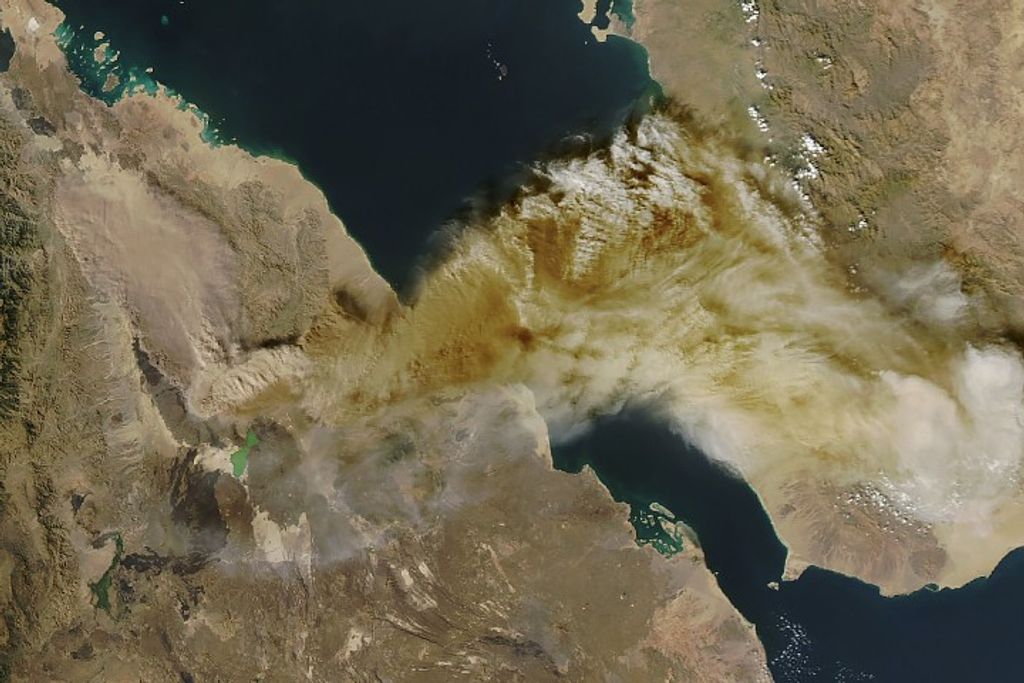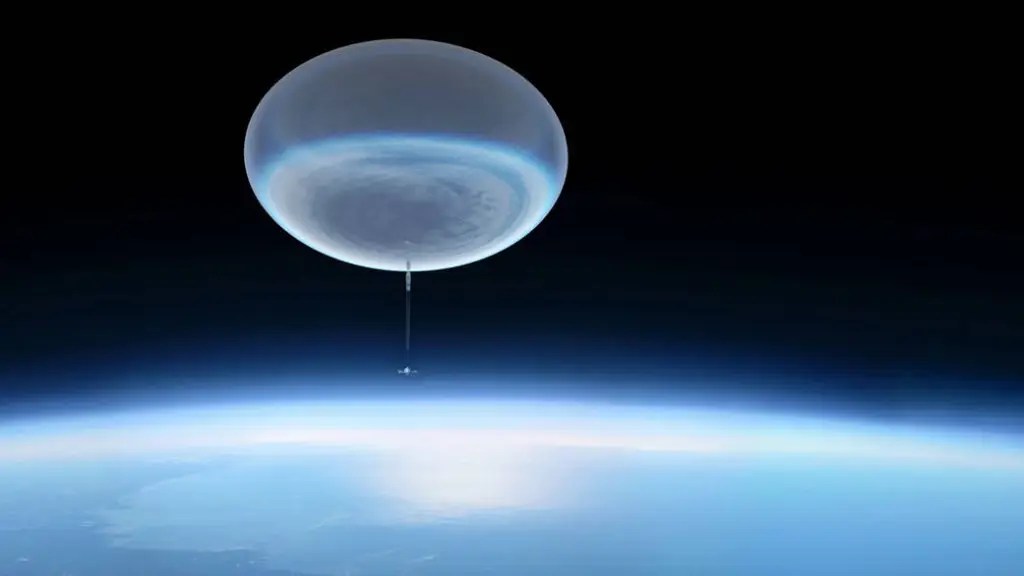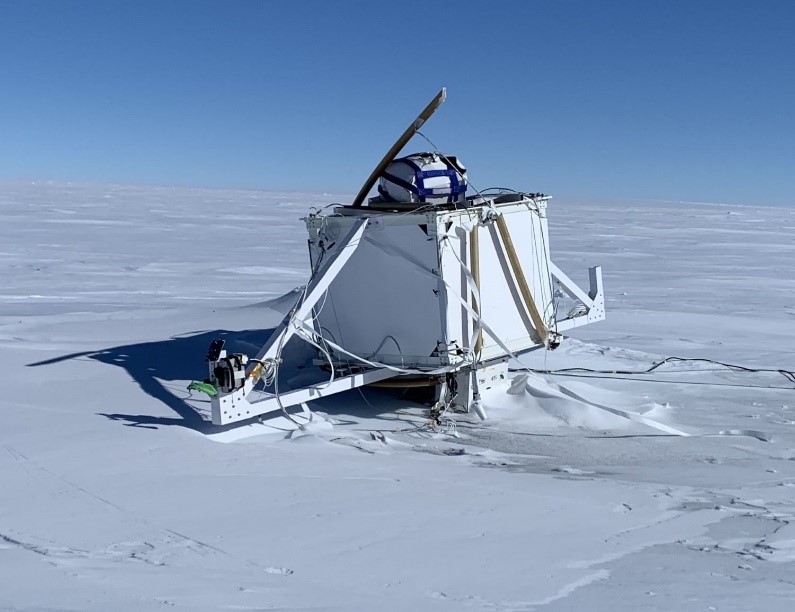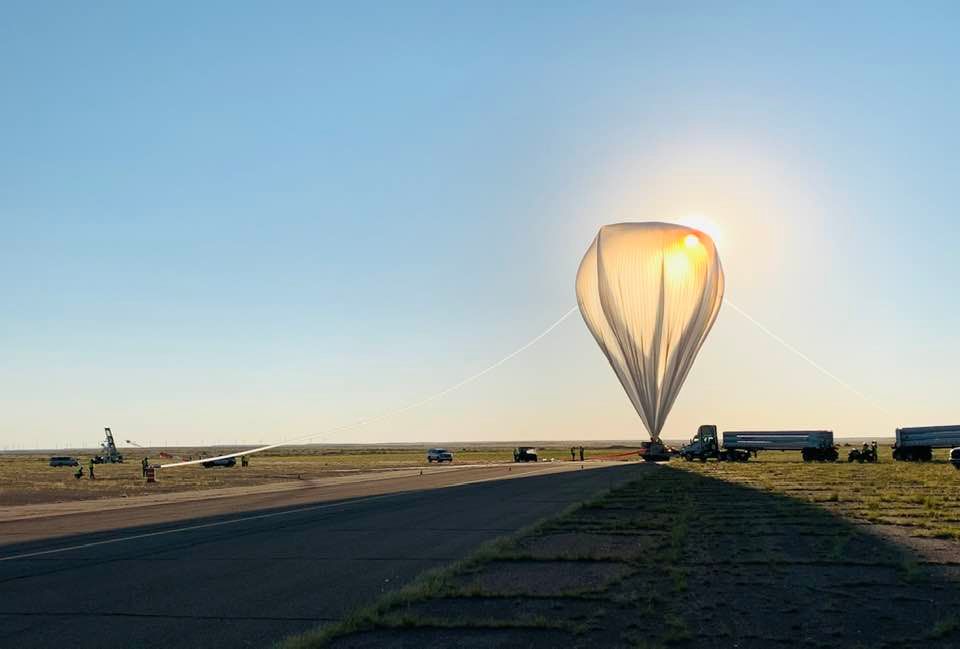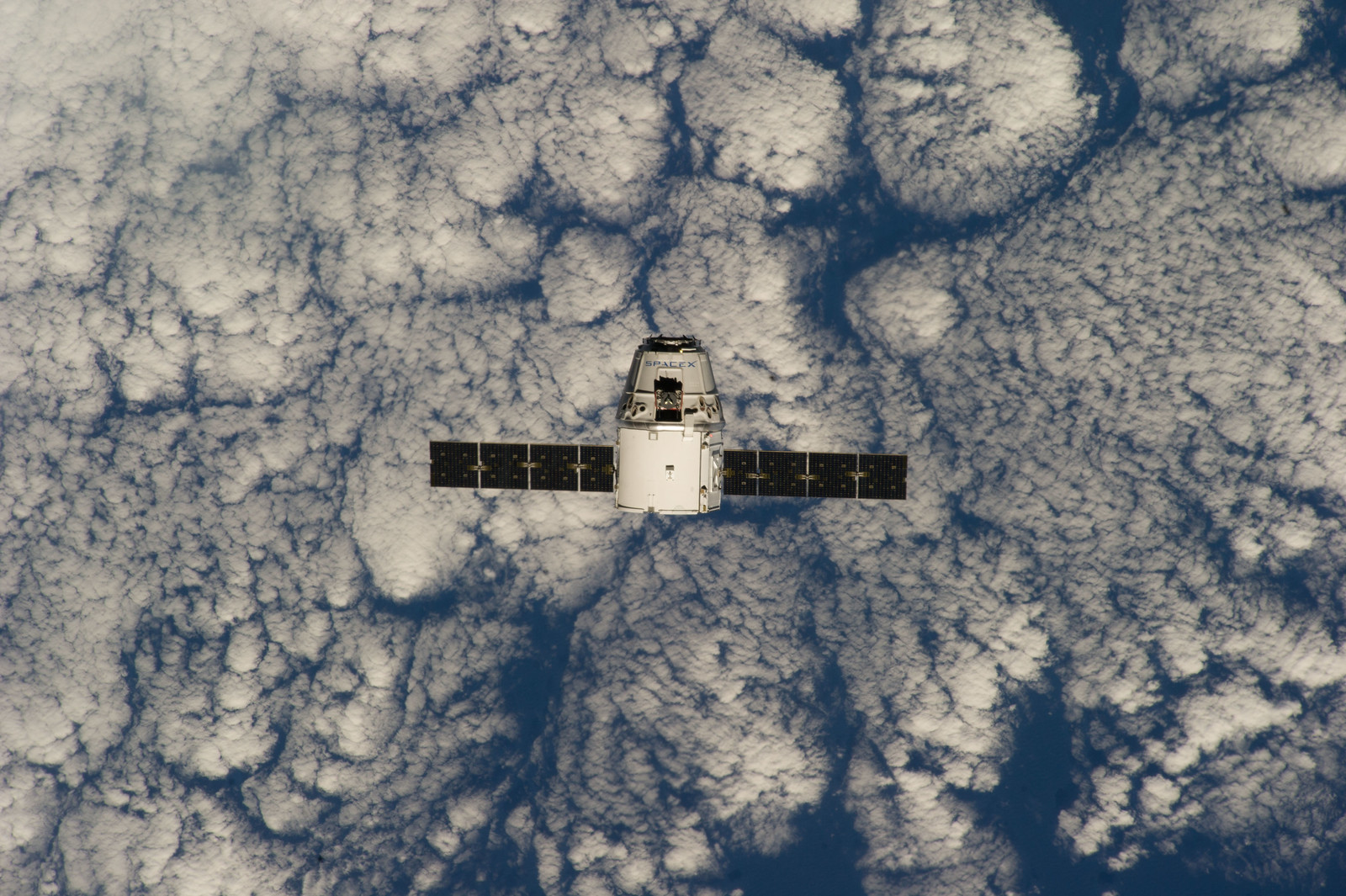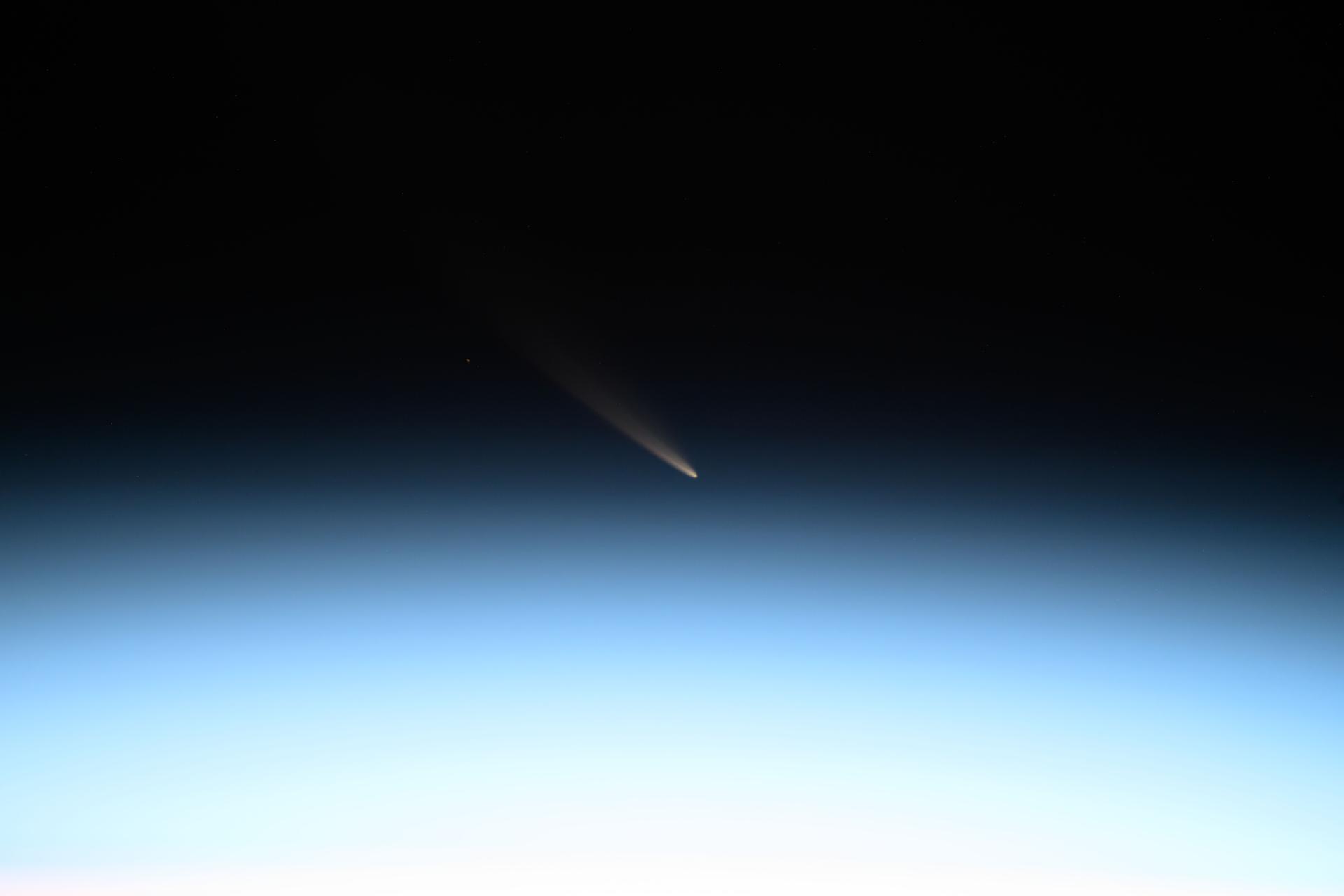Climate and Biological Studies
One of the main purposes for scientific balloons is to conduct climate research for Earth and to observe the effects of a near-space environment on living organisms. This research is crucial to weather predictions, tracking climate change and determining the feasibility of life in space. Additionally, scientific balloon-borne research enables further space mission research in these fields. For example, the Salter Test Flight Universal balloon flight will allow for the Microbes in Atmosphere for Radiation, Survival and Biological Outcomes Experiment (MARSBOx) space mission which will test the adaptive strategies of eukaryotes in space with fungi. The Salter Test Flight is scheduled to fly as a payload on a balloon flight in October of 2025. Check out the CSBF Schedule to see the full list of scheduled scientific balloon flights.
Testing the Laws of Physics
Scientific balloon launches typically fly as high as 80,000 feet, which is an ideal height for testing in the Earth’s magnetosphere. In this environment, instruments can perform tests to verify the fundamental laws of physics, research Earth’s electric field and study the science behind the aurora borealis.
Primary Investigators
Want to get in touch and ask more questions? See our “Fly With Us Page,” to learn more about the balloon flight application process or use the links below to get in contact with our various primary investigators who are experts in the field of Earth studies.









